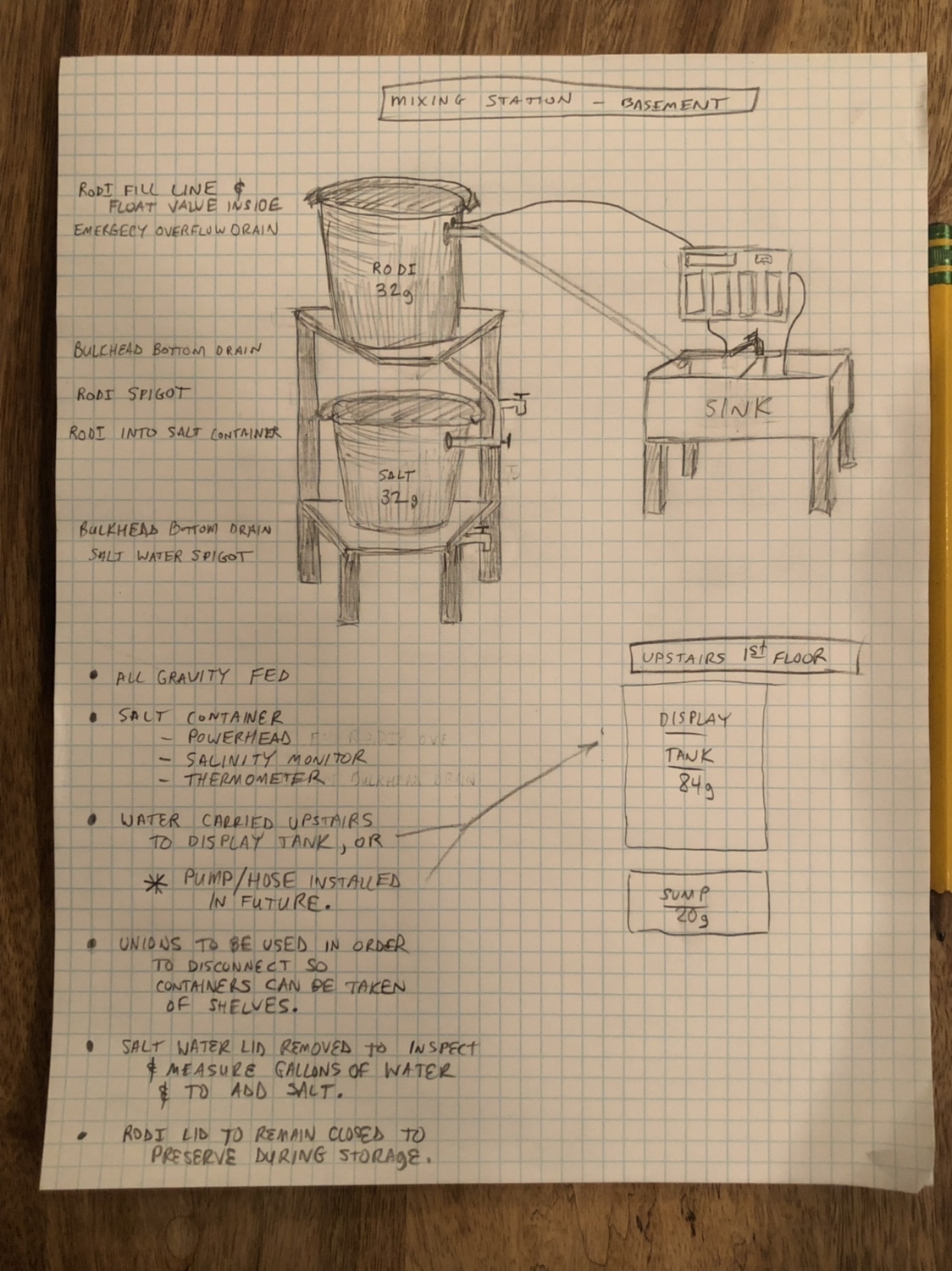Hi everyone! This is a great site, and wonderful thread for ideas.
I would greatly appreciate as much feedback as I can get in the next 24 hrs as I plan to get the remaining parts I need and begin assembly over the next few days!
I attached a sketch plan and thank you in advance for any and all feedback!!
-Matt

I would greatly appreciate as much feedback as I can get in the next 24 hrs as I plan to get the remaining parts I need and begin assembly over the next few days!
I attached a sketch plan and thank you in advance for any and all feedback!!
-Matt




















